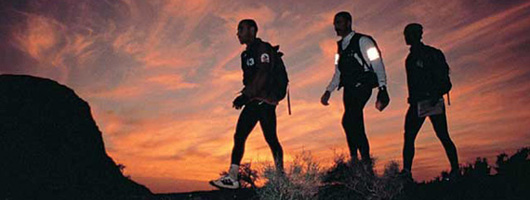Relief and Weather
Gran Canaria has an almost circular perimeter with its summit located right at the centre of the island. This results in a tapered relief furrowed by deep ravines in fan-like array and large depressions, the volcano craters. Nonetheless, there are significant differences between the smooth north-eastern relief and the abrupt south-western terrain.


Gran Canaria enjoys peaceful weather throughout the year, and, depending on its orientation or altitude, gives rise to different microclimates that divide the island into three bio-weather sectors: the Trade Wind Canary Region or Wet Island to the northeast, the Dry Island to the southwest, and the Summits above 1500 metres. Such diversity yields Gran Canaria’s changing scenery, and earns it the name of Miniature Continent. Knowing the different peculiarities of Gran Canaria’s relief and microclimates is essential to fix an adequate itinerary and select the right footwear and garments to take along.
Trails
The island’s geography is furrowed by an intricate and singular network of footpaths that cover easy forest ways, royal or horseshoe paths, and trails for expert trekkers.

The size of the island and its rough terrain give place to a myriad of beautiful short and highly uneven itineraries, ranging from “coast to summit” to almost straight (as they border ravines), winding, and steep, and all that goes in between.
Gear
No technical gear is required. Mountain shoes – solid, waterproof, and with proper ankle hold – are recommended, whereas sneakers may be left for short walks. Except for vegetation-free areas, delicate knitwear and short garments, tops, shorts, etc., are not a good choice.

Apart from the small but adequate 30-litre rucksack, you should carry telescopic trekking poles to deal with steep slopes in comfort, as well as a mobile phone for safety reasons.